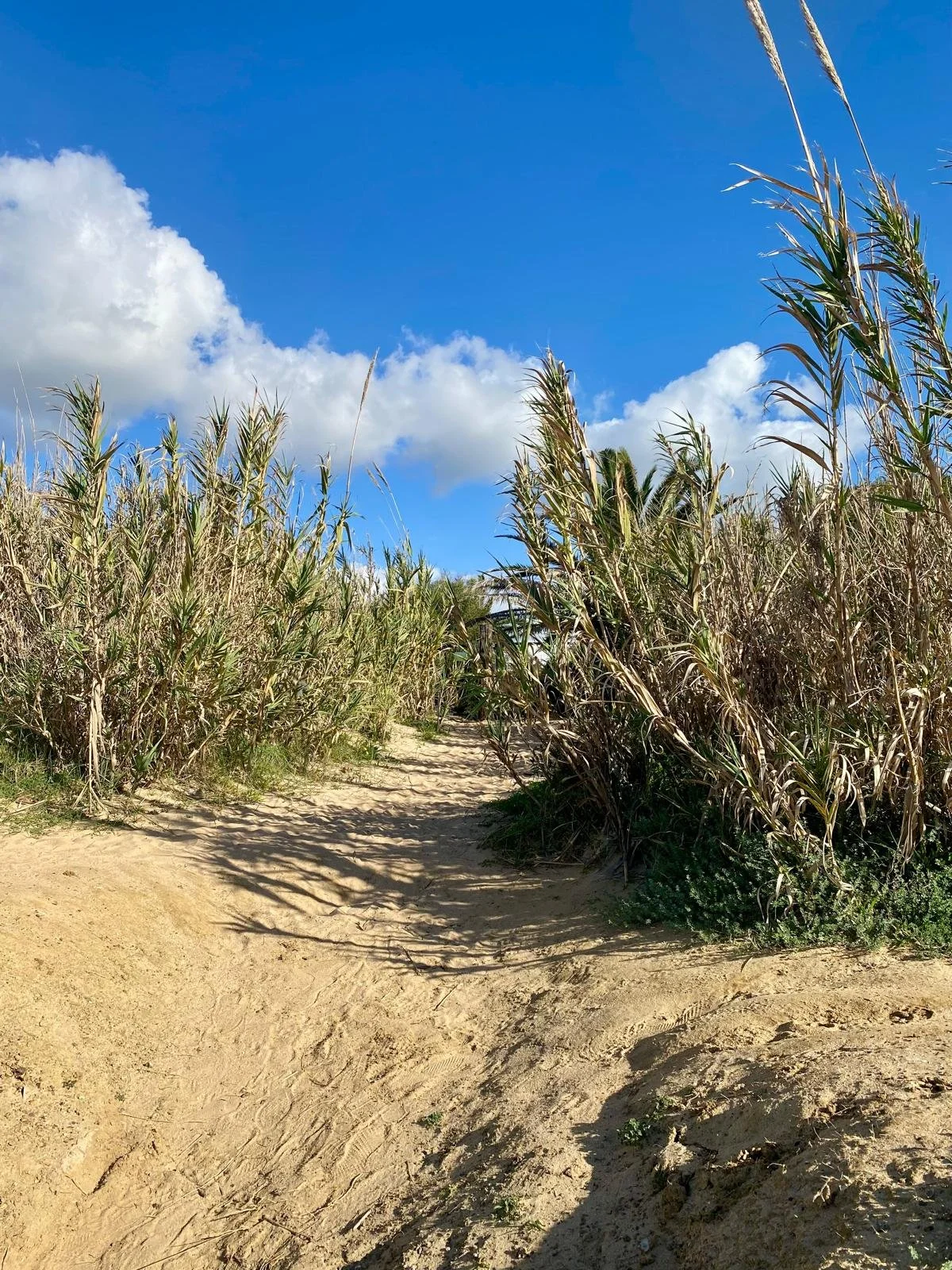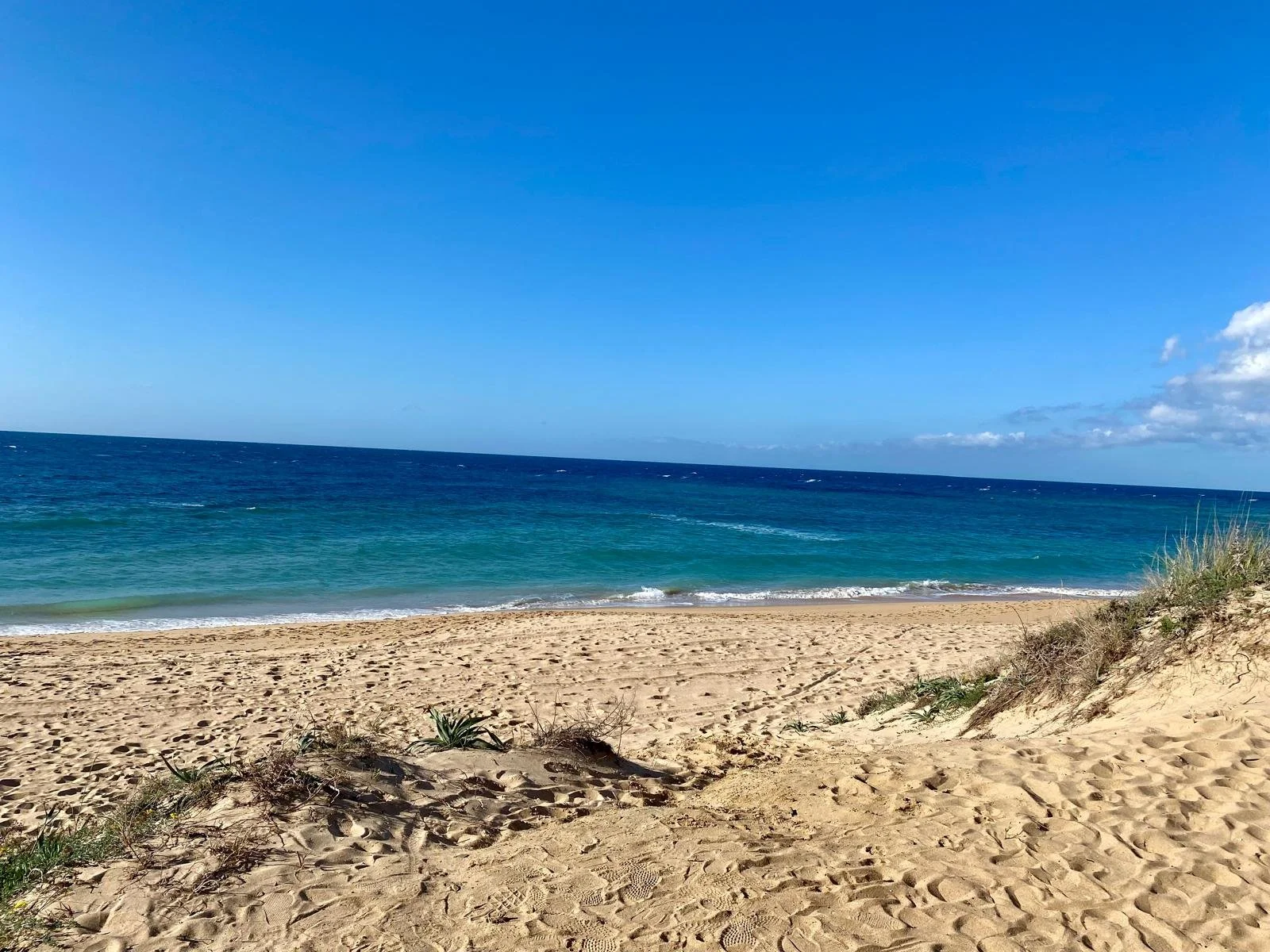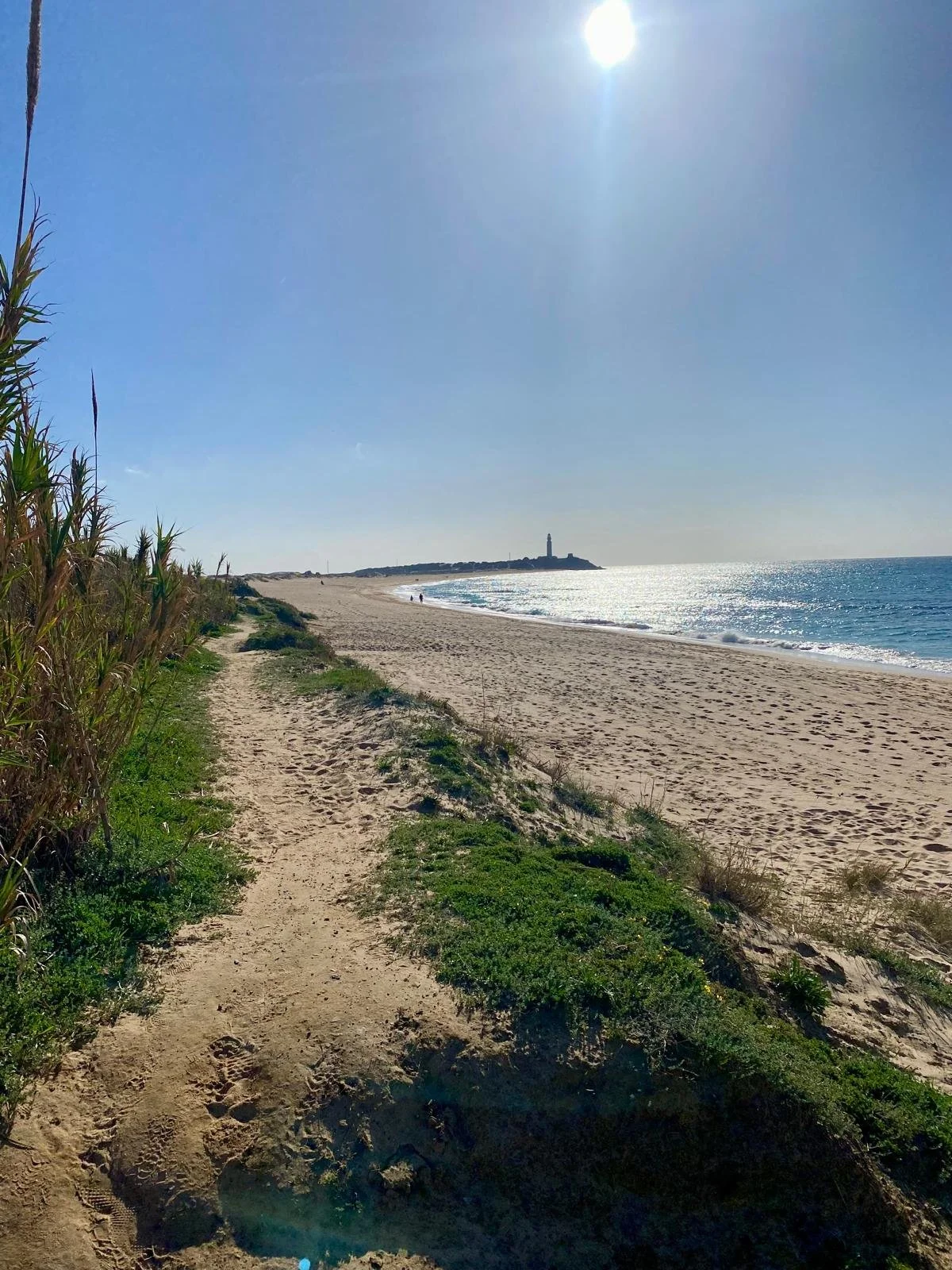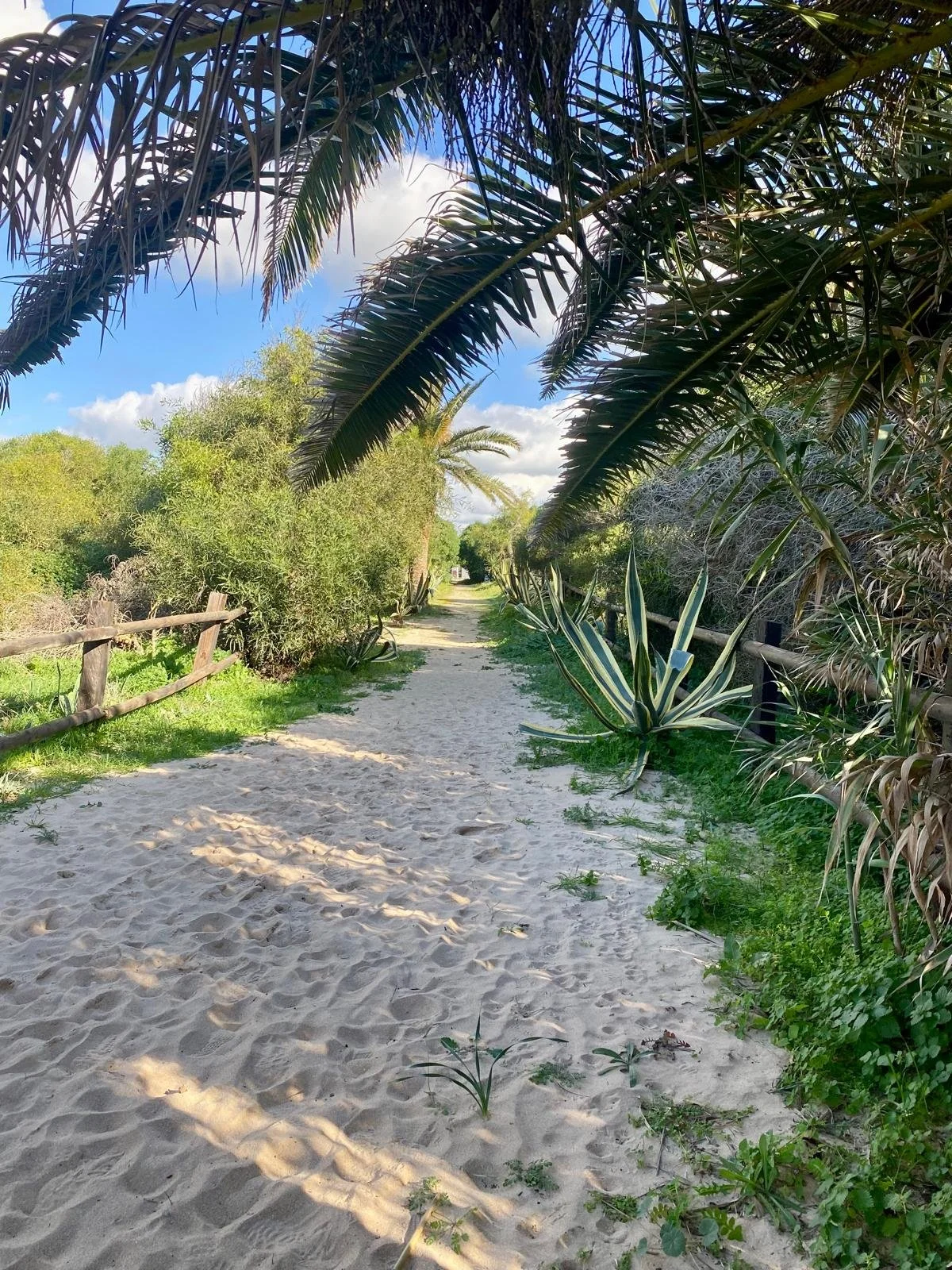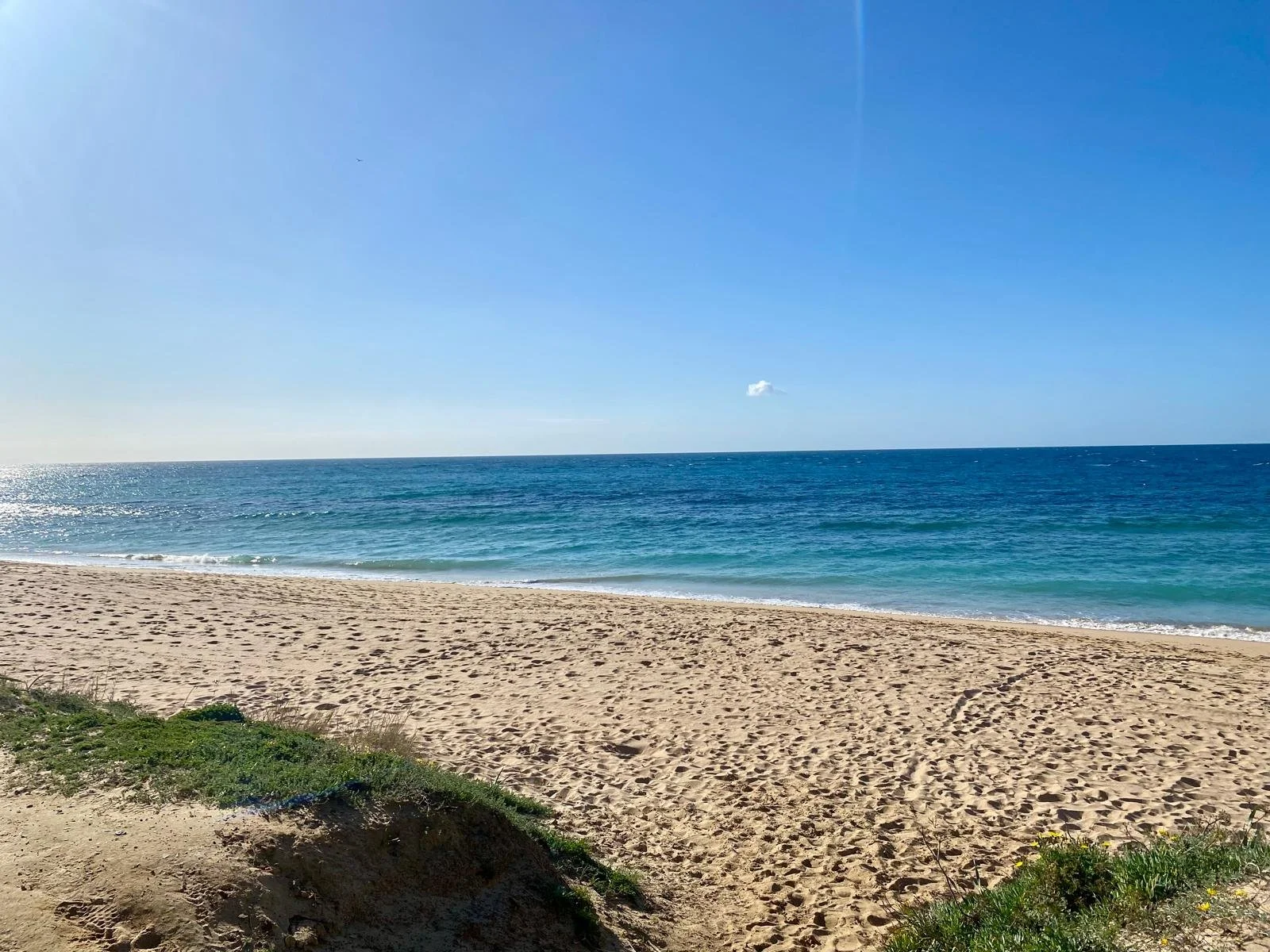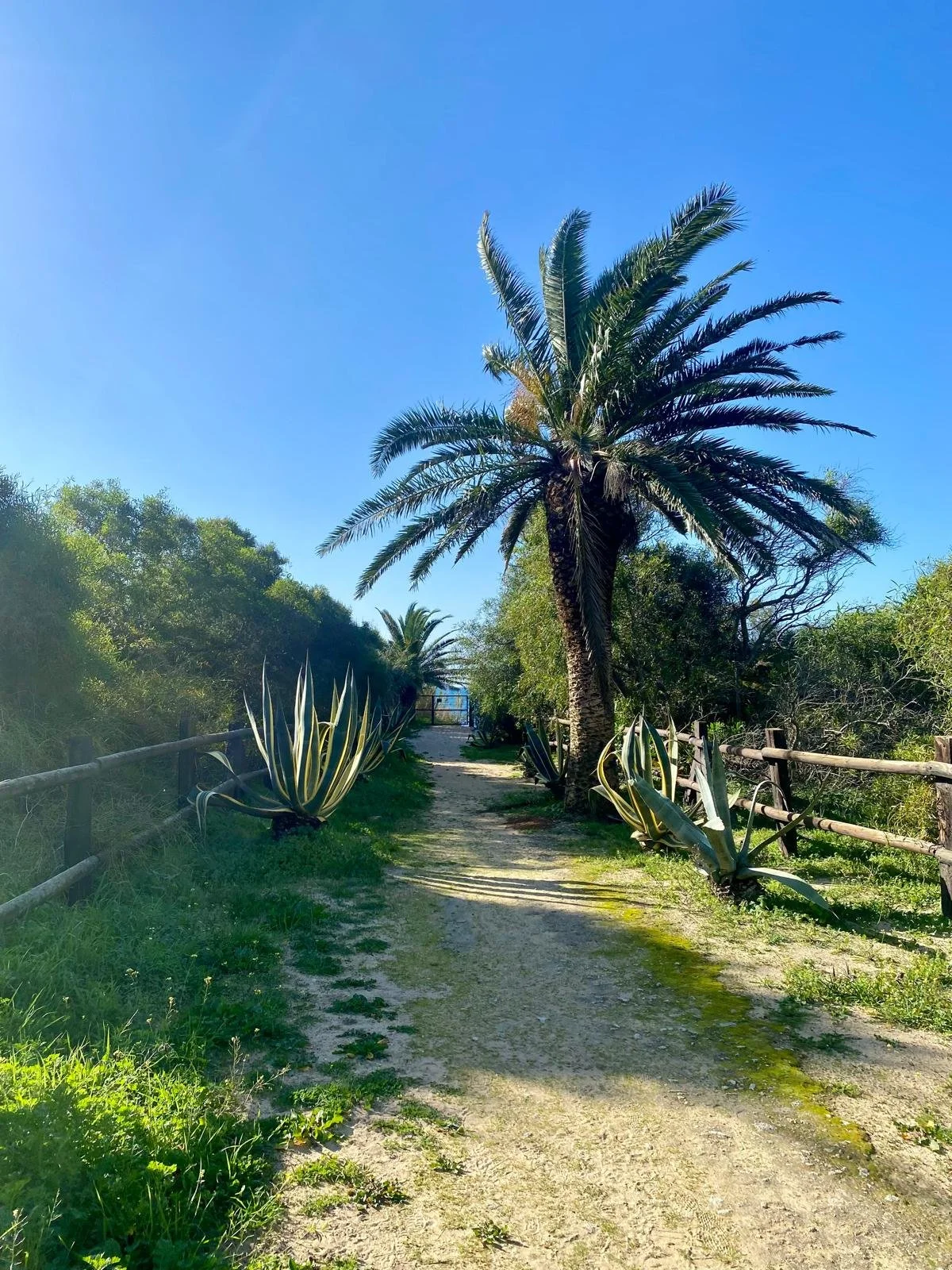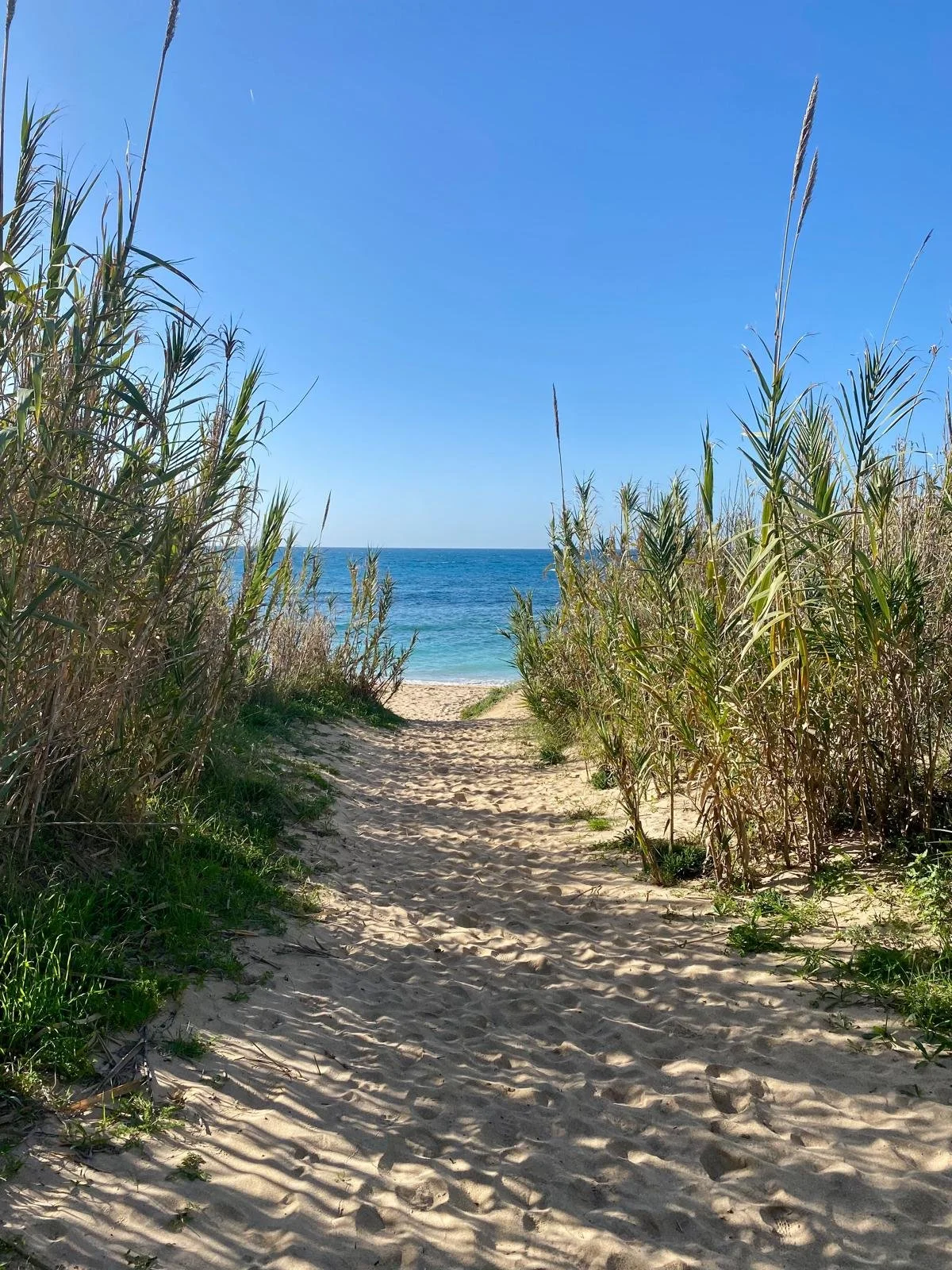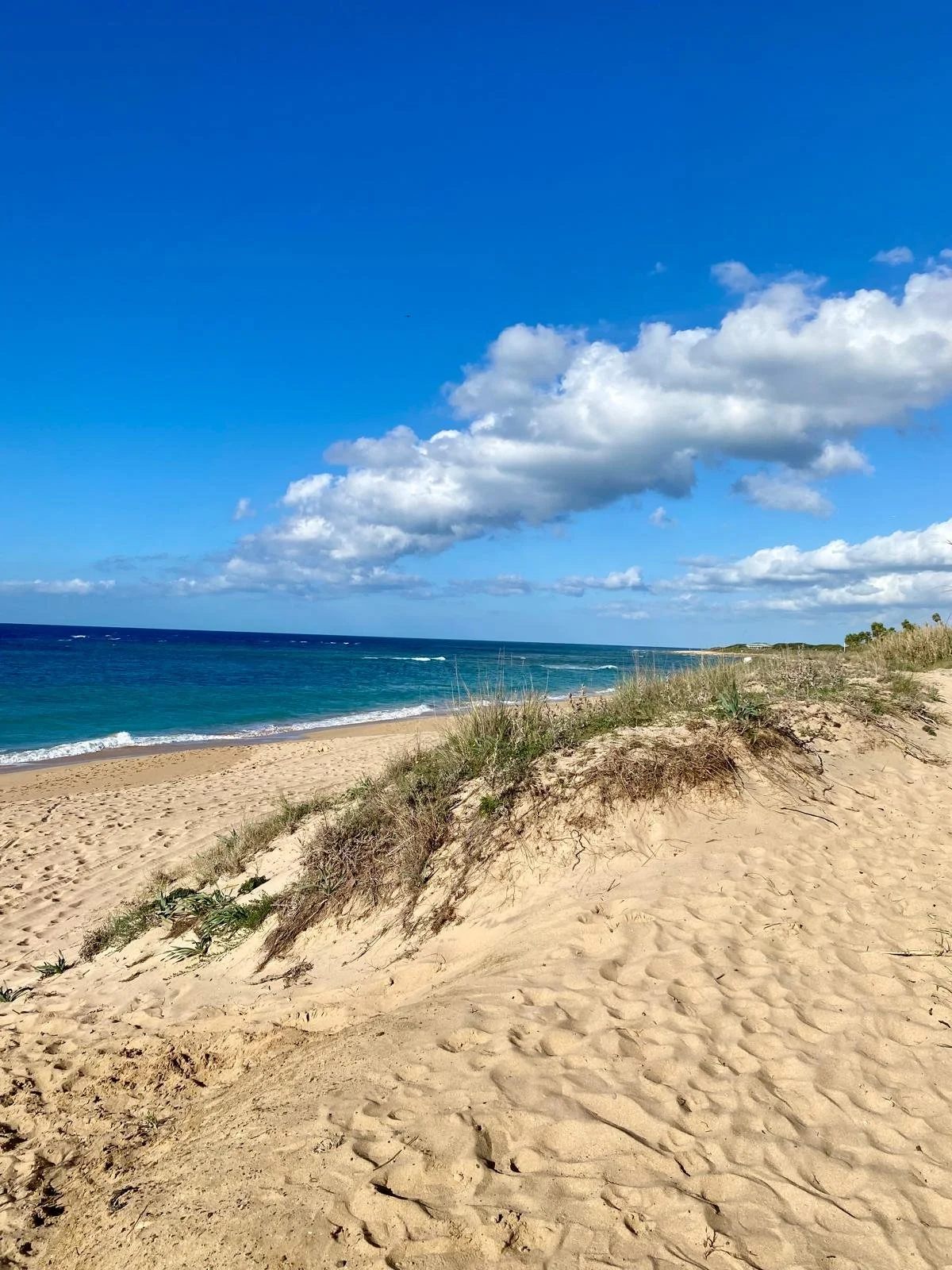
ZAHORA
A THRESHOLD WHERE MYTH, MEMORY AND THE DIVINE INTERWINE
Zahora is not a destination but a frequency, an ancient vibration threaded through sea, salt and air, whispered by cliffs that have watched millennia unfold. Here, the veil between worlds is fragile, porous; a single breath can place you simultaneously in the present and in an age long vanished.
To walk its shores is to enter a philosophical field where the visible dissolves into the invisible, and the human spirit remembers its origin.The Atlantic Coast: The Line Where Humanity Faces the Infinite.
The Name: Silences of a Quiet Pilgrimage
The name Zahora evokes both stillness and renewal. The coastal fields and low dunes hold springs and seepage from underground aquifers beneath the forested slopes of the nearby park, emerging through the soil as delicate pockets of life. In Moorish times, this land was valued for its freshwater and its salt winds, and the name came to reflect a pilgrimage of nature itself, where fresh water, salt air, and human longing meet.
The Atlantic: Mirror of Lost Civilizations
Historically, the Phoenicians sailed along this coastline around 900–700 BCE following the stars and their intuition, establishing trade routes and sacred coastal stations from Gadir (Cádiz) to Cape Trafalgar. They revered this western horizon as the realm of Melqart (Phoenician god of the city of Tyre), a god linked to cycles of death and rebirth. Ancient authors, Herodotus, Strabo, Pliny, record that Phoenician sailors read the Atlantic as a map of signs and transformations.
Mythic interpretation: Later esoteric thinkers drew parallels between these coasts and Plato’s Atlantis myth. Although Atlantis has no proven location, the symbolic connection persists: the idea of a great civilization swallowed by the Atlantic mirrors the way the sea here hides ancient shipwrecks, submerged Phoenician anchor stones, and seafaring routes that shaped early Mediterranean identity. In Zahora, the waves feel like pages of an unwritten scripture, revealing, erasing, rewriting.
The Roman mariners, too, sought wisdom here, naming the surrounding coast Finis Terrae “the end of the known world” as if the area of Zahora were the last frontier between the human and the infinite. Even now, when you wade through the crystalline shallows, the water folds around your legs like a robe of initiation. It invites you inward, deeper, into the mythic self that remembers you are not separate from the tides that shaped the continents.
Trafalgar: The Cape Where Winds Speak and History Echoes
The Battle of Trafalgar, on 21 October 1805, carved its mark in the history of Europe. But long before cannon fire shook the waters, the promontory of Trafalgar was already legendary. The name comes from Taraf al-Ghar, “Cape of the West” a symbolic frontier where the known world gave way to the cosmic ocean. Medieval geographers linked this place to the Pillars of Hercules, described by Strabo and Pliny as the western gates of the Mediterranean.
In Hermetic tradition, the Pillars represent the boundary between the realm of ordinary perception and the realm of divine understanding. Trafalgar thus becomes a philosophical symbol of passing this cape is to cross into the deeper mysteries.
Legends whisper of a lost Phoenician shrine to Melqart or Baal once standing near the headland, a holy place facing the sunset, where offerings were made to the dying sun. Though no remains have been found, the myth persists because such sanctuaries were common on edges of the known world.
And when sailors saw the “fire of Saint Elmo”, the blue flames flickering atop masts before storms, they recorded it with awe. Science tells us these were electrical discharges. But the esoteric mind sees them as luminous guardians, messengers of the air element, signs that the veil between worlds had thinned.
The Beaches & Fields: Earth, Time, and the Hidden Currents
The sandy expanse of Zahora is framed by shallow dunes, pine groves, and the low fields beyond them. These landscapes rest on geology shaped long ago when the region was under an ancient sea. Beneath the surface, groundwater seeps through the sandstone and provides life to both the forest and the coastline. Symbolically, the ground beneath Zahora is the hidden foundation of everything you see, the undercurrent of meaning that supports the visible.
Forests, Culture & Renewal
Inland from Zahora, the pine groves and small farming fields reflect continuity: from Phoenician salt pans and Roman agricultural plots to modern day olive trees and coastal vineyards. The land holds the quiet wisdom of generations who listened to the wind, shaped the soil, and walked the dunes at dawn. Here the human spirit is not separate from nature, it participates with it.
The Mystic Landscape of Zahora
Seen with mindful eyes, Zahora becomes an alchemical terrain:
• The sea is the origin.
• The sunset is the fire of transformation.
• The groundwater is vessel of renewal.
• The wind through pine and field the breath.
• The dunes and fields are memory.
Historically rooted but mythically alive, Zahora unfolds as a place where the individual soul meets both the deep past and the vast present. It is a place of romance, where sea and land feel like ancient companions, and a place of mysticism, where the world appears as though formed from a dream.
To stand in Zahora is to listen and hear the earth’s soft murmur. And to love this land is to remember that the mythic does not lie elsewhere, it lies here, in the sea-light, in the sand, in the quiet heart of the coast awakened eyes.


